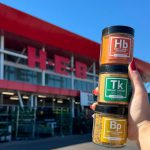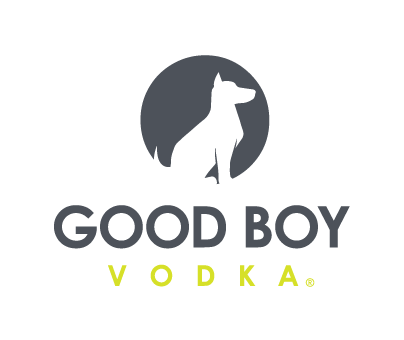Bonumose to Open New Facility to Grow Hershey’s Partnership

After securing investment from The Hershey Company in February, rare sugar producer Bonumose last week announced plans to open a new facility in Virginia in order to build on its partnership with the confectionery giant to develop zero and reduced sugar offerings.
Bonumose is investing $27.7 million in the 36,000 square foot demo plant in Albemarle County, Virginia, which will allow it to expand its R&D lab and production capabilities for sweeteners tagatose and allulose, creating 64 new jobs, according to the company.
“We are blessed with a skilled workforce in this region and can also recruit talented individuals from anywhere in the world,” Rogers said. “Access to the world-class Port of Virginia was a consideration, too. Due to Bonumose’s business partners in other states and other countries, we have had opportunities to grow outside Virginia, but we are happy with our choice to deepen our roots here at home.”
Alongside sweetener company ASR Group, Hershey’s co-led an investment in Bonumose earlier this year through its investment arm C7 Ventures, which has also backed companies like upcycled cacao brand Blue Stripes Group. Hershey’s and Bonumose have formed an R&D partnership aimed at improving the taste of both its zero and low sugar chocolate offerings, as well as its larger better-for-you snack portfolio. The investment is part of Hershey’s better-for-you confection strategy, which includes the launch of zero sugar and organic varieties for flagship brands such as Hershey’s, Reese’s and York earlier this year and the acquisition of low sugar chocolate brand Lily’s in May.
“The new Bonumose facility represents a big next step in our commitment to providing consumers better-for-you confection that is both affordable and accessible,” Hershey Chief Development Officer Kris Meulen said in a statement. “By bringing together the necessary expertise, capabilities, and resources all under one roof, scaling transformative uses of rare sugar alternatives will become a reality–helping to create new jobs and to reach new consumers.”
Hershey’s and Bonumose declined to comment on product development plans or timelines for future product launches.
Founded in Charlottesville, Virginia in 2016, Bonumose produces affordable sugar alternatives, beginning with tagatose, a rare sugar derived from lactose that tastes “nearly identical” to sucrose and has a low glycemic index, according to the company. While tagatose has been available as an ingredient for over 15 years, its production process is historically expensive. Bonumose has positioned itself as a market disruptor via its claims to have established a process to make tagatose with a low-cost plant-based material, a less expensive form of enzymatic processing and a higher yield.
Rogers said the new plant will use the same equipment as future larger commercial scale facilities; once the company eventually opens these larger facilities, he said the Virginia plant will be used to develop new ingredients in its pipeline.
In a blog post discussing the new Bonumose facility, Amy Preston, PhD, RD, Senior Manager of R&D Regulatory, Nutrition and Agile Innovation at Hershey’s, said its R&D team is working with Bonumose to “advance and communicate research on rare sugars.” Outside of growing Hershey’s better-for-you portfolio, the two companies are also working together to develop new rare sugar recipes, create new technology to make rare sugars more affordable, lead clinical research to evaluate the effects of rare sugar and establish an “insights and education learning plan” for healthcare professionals to share information with consumers about low sugar snacking.
Concurrent to its work with Hershey’s, Rogers said Bonumose will also supply its ingredients to other CPG brands through its North American and Western European distribution partner, Domino Specialty Ingredients, part of the ASR Group. He said the company is exploring applications for its allulose and tagatose beyond confection, both as full and partial replacements for traditional sugar, including in condiments and beverages as well as pet food, dietary supplements and crop protection. Bonumose also has plans to produce other sweeteners such as D-allose and D-mannose.
As these sugars become more widely used, Preston also said Hershey’s is advocating to expand sugar exemption labeling for rare sugars after the FDA announced allulose as exempt from both added and total sugar counts as well as carbohydrate in 2019. Preston said Hershey’s participated in the FDA’s open comment period last year evaluating the labeling of additional rare sugars, particularly advocating for the exemption of tagatose.
“We’re continuing to advocate for the labeling of additional non-traditional sugars as a category,” Preston said. “Doing so will remove significant barriers to our ability to research more non-traditional sugars such as ribose, isomaltulose, and L-arabinose. These efforts would give the CPG industry more tools to help provide sugar-reduced products for health-conscious consumers.”
Explore the Nombase CPG Database
Head to Nombase to learn more about the tagged companies and their offerings.

















